These creatures are known to cause significant damage to a variety of plants, turning a once vibrant garden into a landscape of half-eaten leaves and stems.

The Ultimate Gardening Guide 3: Common Garden Challenges and Solutions
Gardening may be your hobby, your job, or something you do in your spare time. However, it is not just an ordinary activity; it is in itself an art. It allows you to appreciate your surroundings more.
It gives you a sense of achievement especially when you can enhance your garden and make it more pleasing or more productive than before.
When you venture into gardening, you will no doubt face various challenges, just like other gardeners do.
Part of the joy of the gardening experience is knowing how to overcome these challenges and learn more as you go along.
This article discusses some common gardening challenges you may encounter along with simple solutions that will help you manage your garden better.
1. Inadequate Planning and Preparation
3. Incorrect Arrangement of Plants
4. Restrictions Due to the Garden’s Limited Space
5. Late and Inconsistent Weed Control
6. Weak Methods of Pest Prevention
7. Failure to Recognise and Treat Plant Diseases
8. Mistakenly Forcing Pollinators Out of the Garden
9. Unable to Meet Adequate Watering Requirements
1) Inadequate Planning and Preparation
The first step in achieving your desired garden is to plan it. A well-planned garden is easier to maintain, is better organized, and is more productive.
Before you plunge into the actual gardening process, take some time to plan your garden. Set goals for your garden, such as how you want it to look, what kind of vibe you want it to achieve, and what its purpose is, and direct your plans toward these goals. Knowing these things will make it easier for you to determine your garden layout, which garden tools you will need, and what consumable resources your garden will require.

2) Planting Too Early
Sometimes it can be tempting to plant sooner than you should. When you look at the bare areas in your garden, you can almost hear your precious seeds or plants in pots calling out to you and saying, “Plant me now!”
However, you must resist the temptation to do so, as planting too early might just lead to a waste of time, resources, and effort.
Planting too early, particularly in cold or overly hot temperatures, may result in your plants’ stunted growth, improper root development, wilting, plant surface pitting, or even death.
Moreover, it may lead to an increased risk of acquiring plant diseases and attracting pests due to vulnerability.
Make sure your plants receive the best possible care. Doing simple research on the plants’ appropriate planting times and the conditions needed for them to grow well will help avoid the problems mentioned above.
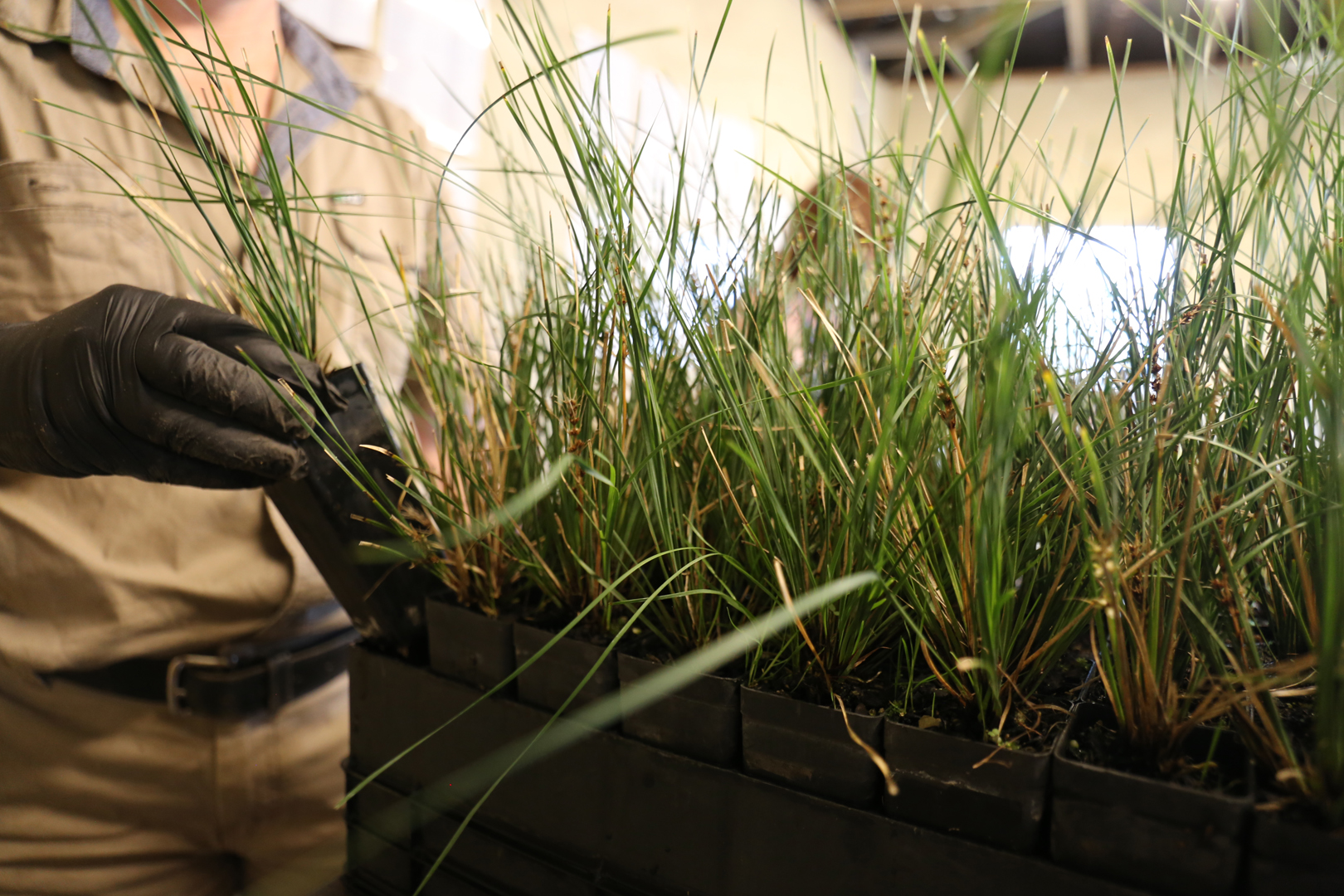
3) Incorrect Arrangement of Plants
Novice gardeners tend to neglect how big their plants will grow and how much space these plants will occupy when they mature.
When arranging your plants, you must always consider the proper placement and proper plant spacing.
When placed in the wrong location, plants may damage boundary walls, lift paving slabs, break the house foundation, overly shade spaces, or block the view.
Planting trees that grow large and develop invasive root systems near a boundary wall is a typical example of an incorrect placement of plants.
As the trees grow to their full height and width, they cause damage to nearby structures. They may even damage properties belonging to your neighbor and cause disputes over the land area.
You do not want this to happen. However, if it is too late and this scenario does happen, take the initiative by removing or relocating the plant to resolve the issue with your neighbor.
Plants that are planted too close to each other will require more watering. On the other hand, plants that are spaced so widely apart will leave large gaps where weeds can grow.
Incorrect spacing may allow diseases to spread more easily among the plants. Learn how far apart the plants need to be arranged and measure their placement accordingly.

4) Restrictions Due to the Garden’s Limited Space
If you are struggling with a limited garden space, you simply need to find out which plants are suitable for smaller areas. This will give you an idea on how to best utilize your limited space.
For example, you can use vertical gardens, climbers, or narrow plant hedges to maximize your garden’s small area. Thin Red™ Photinia, Straight and Narrow™ Syzygium, and Slim™ Callistemon are some narrow plants you can consider.
You may also use hanging baskets to create more space for the plants you want to add. Plants that do not need a lot of attention are your best bet for a tiny garden. Aloes like the Sea Urchin™ Aloe require less maintenance and can be placed easily in pots.
Other low-maintenance plants like the Ozbreed Flat White™ Pandorea can be grown in a planter box and placed over concrete to make your garden more appealing.
Flat White Pandorea, a climber that grows in full or part shade, is also ideal for small gardens. It grows flat at the base, cascades down the sides of its container, and climbs flat up the wall.
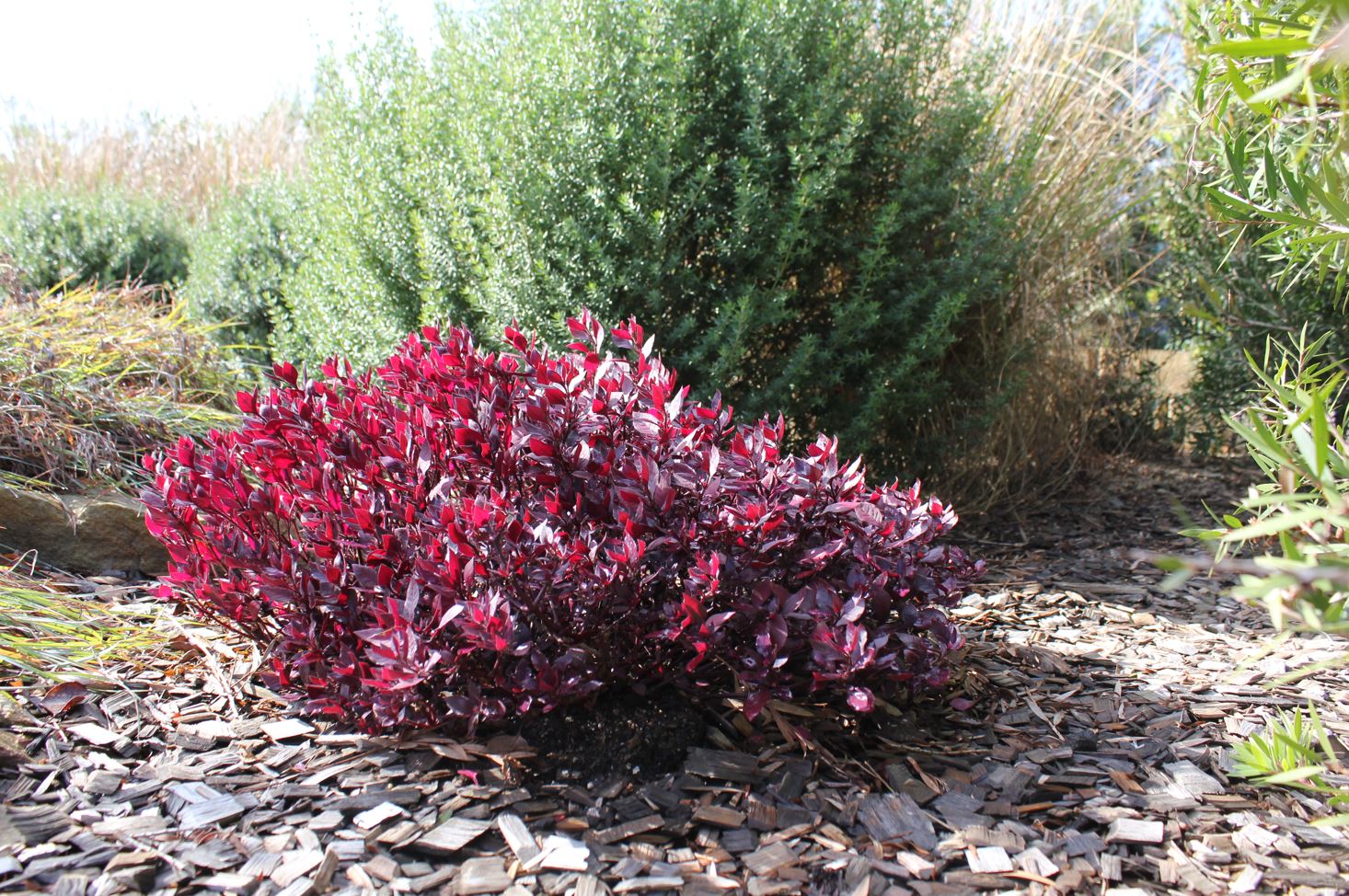
5) Late and Inconsistent Weed Control
Garden weeds are among the most common stressors of every gardener. Controlling them will require much of your time and effort. And even after removing them, chances are, they will come back and annoy you.
Weeds can grow thick and wide if left uncontrolled and getting rid of them becomes more stressful and more difficult.
There are four things you should keep in mind to make weed control more effective. First, you have to start early. The moment you see weeds begin to grow, deal with them immediately. The earlier you take action, the better because it is less likely that the weeds have rooted deeply.
Second, begin managing weeds in small areas. Start by spending at least 10-15 minutes every day. Do not aim to finish weeding out everything in one day—unless you are really up for it.
Third, do not waver in your objective. Be consistent in weed control, even if you only get to deal with a small area at a time. You may start with one kind of plant or specific area that you can focus on. Do it one day at a time, and you’ll be surprised with your progress.
And fourth, use mulch and other plants as a preventative measure against weed growth. You can use plants that can outcompete weeds, such as Aussie Rambler™ or Yareena™, which are great at outcompeting weeds. Additionally, plant close enough to leave a few gaps but not too close that the plants overcrowd.
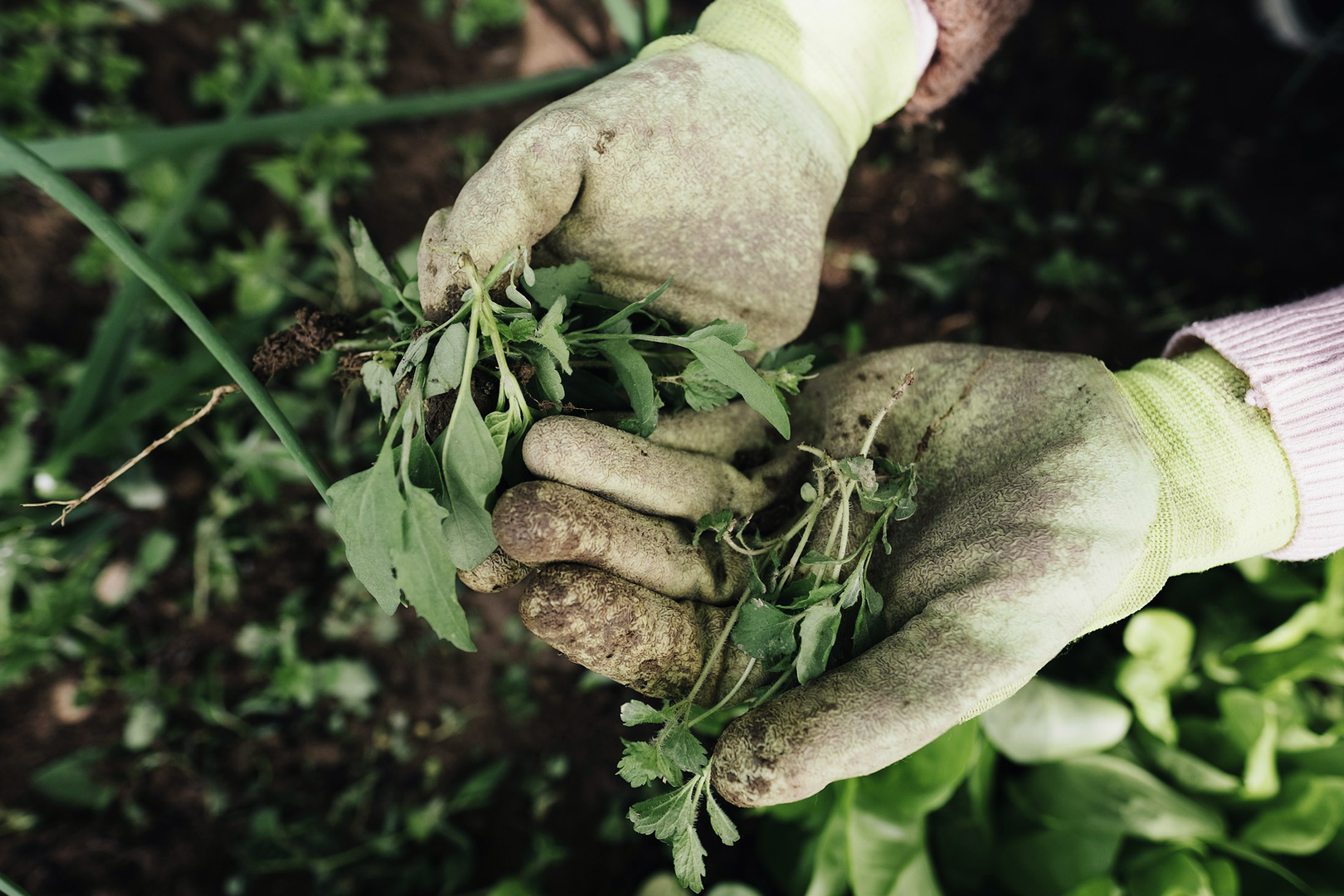
6) Weak Methods of Pest Prevention
Having pests in the garden ruins all your hard work. Some pests may be unavoidable, but there are things you can do to protect your garden. For instance, you may use natural or chemical pest control methods depending on your preference.
Doing simple research on how to control pests and acting quickly before they severely infest your garden can help arrest their attack. Identify the kind of pests you’ve encountered or would most likely encounter in your garden. Furthermore, find out which types of plants are less susceptible and which ones are prone to pests.
One strategy you can use to prevent pests is to introduce or attract beneficial insects like ladybugs and damsel bugs, which feed on harmful insects. You may also use physical barriers to keep pests away from your plants.
By far, the best technique for pest control is to stop pests from entering and thriving within your garden. Plan and monitor your plants regularly so you can act immediately at the first sign of pest infestation.

7) Failure to Recognise and Treat Plant Diseases
Some plants may be susceptible to diseases like blight, canker, powdery mildew, black spots, and other leaf spots. As with pest control, do simple research to know the common plant diseases, their methods of prevention, and their treatment. Inspect your plants regularly for any sign of disease.
If you encounter an unfamiliar disease, there are downloadable apps that you can use to help you identify plant diseases. Just upload a photo of the affected area to the app, and the app will determine what disease your plant is suffering from.
Aside from this, you can ask more experienced gardeners for guidance. Gardening forums and social media are ideal for reaching out to other gardeners regarding your plant disease problems.

8) Mistakenly Forcing Pollinators Out of the Garden
Some people drive pollinators out of the garden, unaware that these are beneficial to plants. Pollinators like bugs, bees, and birds play essential roles in regulating the ecosystems they belong to. Besides causing plants to thrive, they also act as natural pest controls.
To create a pollinator-friendly garden, plant dense shrubs to keep caterpillars and birds safe from giant predators that may eat them or scare them off. In addition, use flowering plants of different colors to attract pollinators to your garden.
Fluro Burst™ Callistemon, which has lovely pink flowers, will not only beautify your garden but will also attract bees and native birds. Likewise, Coastal Pink™ Correa will attract birds with its pink, bell-shaped flowers. This plant is also perfect if you prefer trim hedges and natural-looking shrubs.

9) Unable to Meet Adequate Watering Requirements
Meeting your plants’ adequate watering requirements is a skill that you can develop through practice and research. To know the proper time and amount of watering your plants need, you must also know your soil type.
First, check if your soil needs watering by feeling it. If the soil sticks to your hand and you can form it into a mass, then it is moist enough, which means your plant does not need immediate watering. However, if the soil appears dry, hard, and cracked, this is a sign that you have to water your plant. You may also feel the soil about an inch below the surface. If it feels dry, then it is recommended that you water your plant.
If you’re still unsure as to whether you should water your plant or not, you can try using an electronic soil moisture meter. This tool uses prongs that will help you measure moisture, soil pH, and sunlight to help you understand watering problems.
Unfortunately, many cheap tools are inaccurate, so make sure you find one of good quality. You may also incorporate in your garden a few plants that thirst for water. When you see them begin to wilt, then you will know it is time to irrigate your garden.
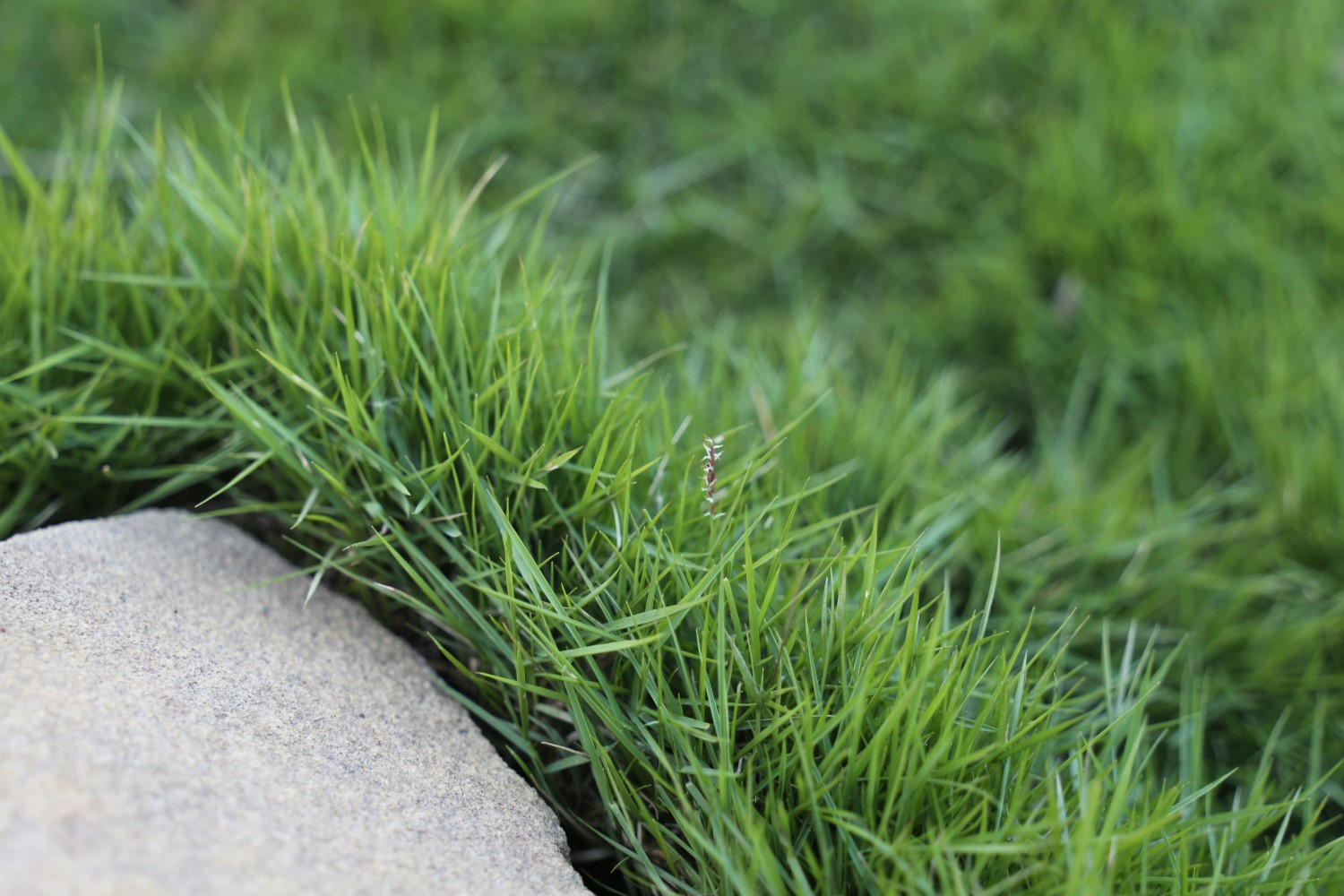
10) Inadequate Soil Nutrients
Soil supports your plants by serving as an anchor of root systems and providing and storing plant requirements such as water, oxygen, and fertilisers. T
herefore, it is essential to take good care of your soil to achieve better health and productivity for your plants. You may add compost or other organic materials to improve soil structure and fertility. Work on improving the soil prior to establishing your garden.

11) Wasting Your Waste
Have you ever wondered how you can turn your waste into something productive? It is nice to know that your food waste may be used as garden compost.
Store-bought compost is not only more expensive, but it may also contain harmful chemicals that can damage your plants. However, not all food waste can be used for composting, so do a bit of reading first to find out which food waste is best for this purpose. Using leaves and mower clippings can aid the composting process.
In addition, avoid blowing off the fallen leaves in your garden with a motorized blower, as a blower may spread harmful pollutants to your surroundings. Instead, use a rake to gather the leaves into a pile, then place them in garbage bags to be collected by your local garbage collector.
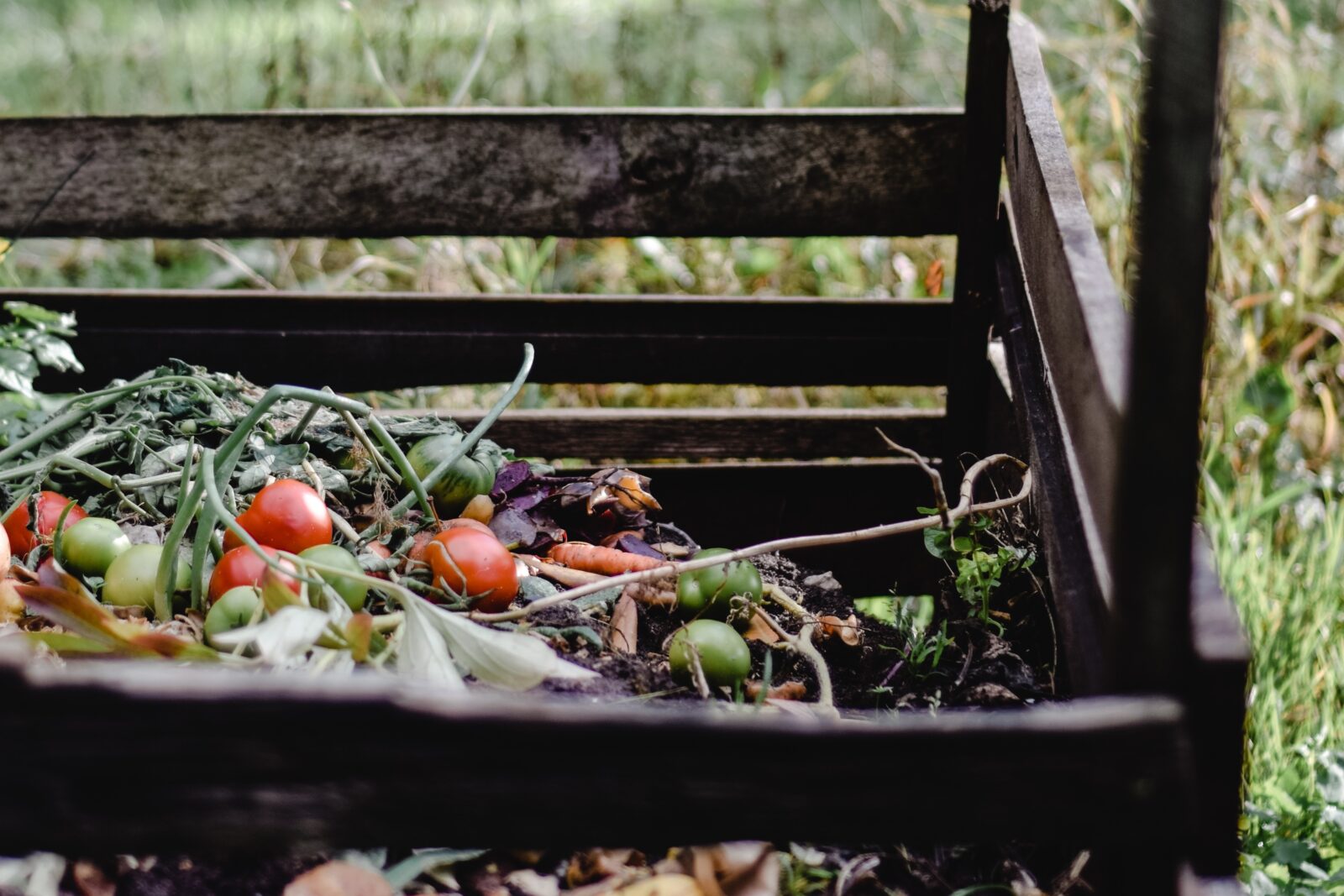
12) Inappropriate Plant Location
Before gardening, you must consider your garden’s location and plan your plant placements accordingly. Plants must achieve optimum sunlight or shade requirements.
Other important factors that you need to consider are watering resources, garden soil quality, proximity to residence, and wildlife exclusion.
As you plan your garden, you may also incorporate the details you want. Get ideas by observing the gardens in your neighborhood, searching online, and visiting different garden stores to ask for professional advice for your garden.

13) Privacy Concerns
Creating a sense of privacy in your garden may increase your appreciation for it and even cause you to spend more time in your beautiful space. Screening is key in making your garden feel more private, and it is important that you choose the right plants for this purpose.
Plants that build height or width can help you achieve the coverage you want. Hedges that grow fast and define areas quickly, such as the tight and bushy Quick Fence™, are perfect for this. This plant offers bonus white flowers and small red fruits from late spring.
On the other hand, if you want low-maintenance plants, you may choose Dense Fence™ Viburnum or Sweet Privacy™ Murraya, which provides a medium high screen fence and is also pleasing due to its fragrant white flowers that bloom in spring, late summer, and early autumn.

14) Physical Factors that Hinder Good Gardening Experience
Gardening may take a toll on you physically, especially after spending long hours working in your yard. You may feel back or knee pain from standing or crouching while planting. The good news is you can minimize body pain and enjoy gardening more by using ergonomic tools to help you conduct your tasks.
For example, you may use a two-wheeled barrow or garden cart to move plants and other heavy items within your garden. This will save you from exerting too much in carrying and lifting heavy objects from one spot to another. You may also use tools with longer, easy grip handles to remove weeds so you will not have to crouch.
When tending to your plants, sometimes you just have to kneel on the ground. If you must, use kneeling pads to minimize pressure on your knees, and use kneeling benches or handles to help you stand up.

Final Words
As challenges in gardening arise, learn how to research and address them.
Every problem has a solution. Asking for help and advice from more experienced and professional gardeners is wise. You are not alone in this journey. And over time, as you keep taking care of your plants, your skills as a gardener will get better and better.
Gardening is not just an ordinary activity. It is fun, calming, relaxing, and most importantly, fulfilling. When you learn the proper response to various challenges in gardening, you will appreciate your garden more. And you can design it more efficiently according to how you want it to be.
Your garden can be a spot for meditating, relaxing, enjoying nature and fresh air, listening to music, working out, or reading. It can also be designed to have a play area for kids or for your pets.
You can set up a barbeque in the garden when you entertain guests. Or you can simply put comfortable chairs there for quiet time underneath the stars. Your garden can be a peaceful place where you can take a step back from the stressors of life and enjoy your solitude.
With all these gardening benefits and so much more that you may yet discover in the future, gardening does not seem like a stressful task. In gardening, the myriad of rewards you reap outweighs the challenges you may face along the way.

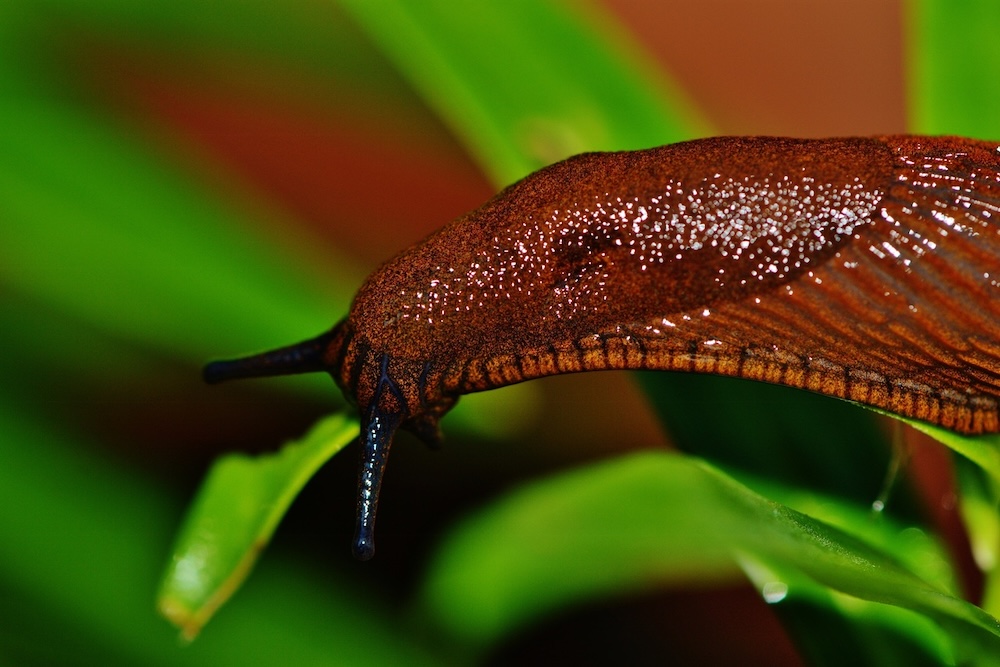
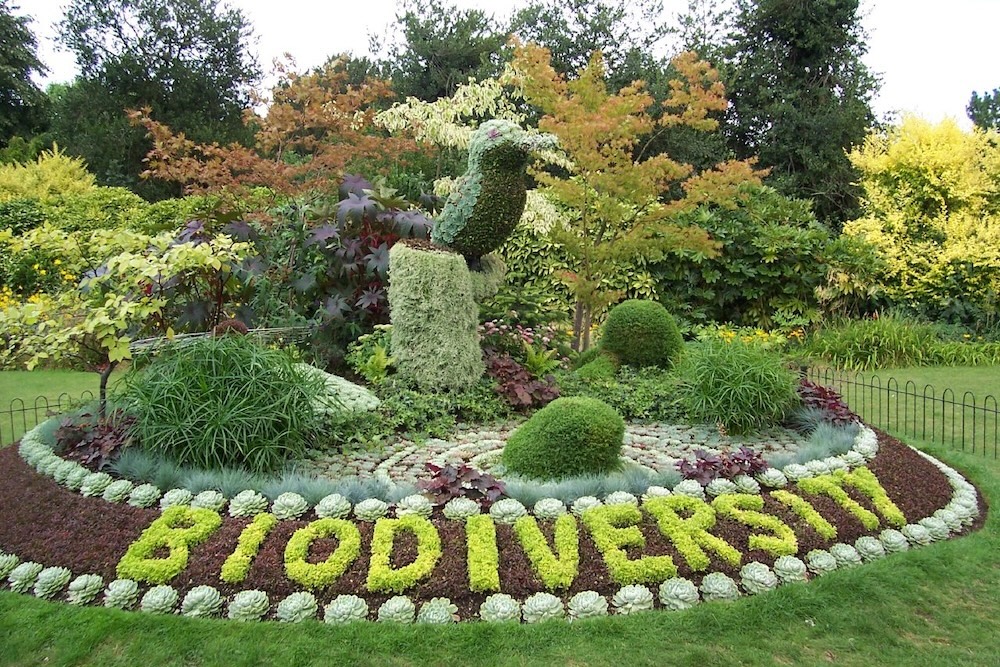
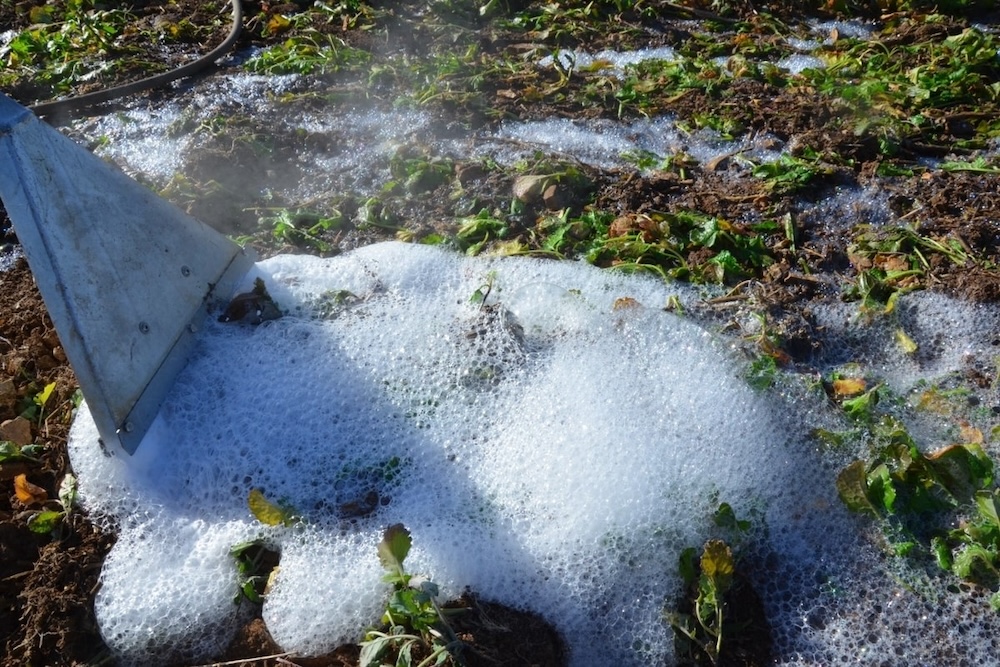
This Post Has 0 Comments